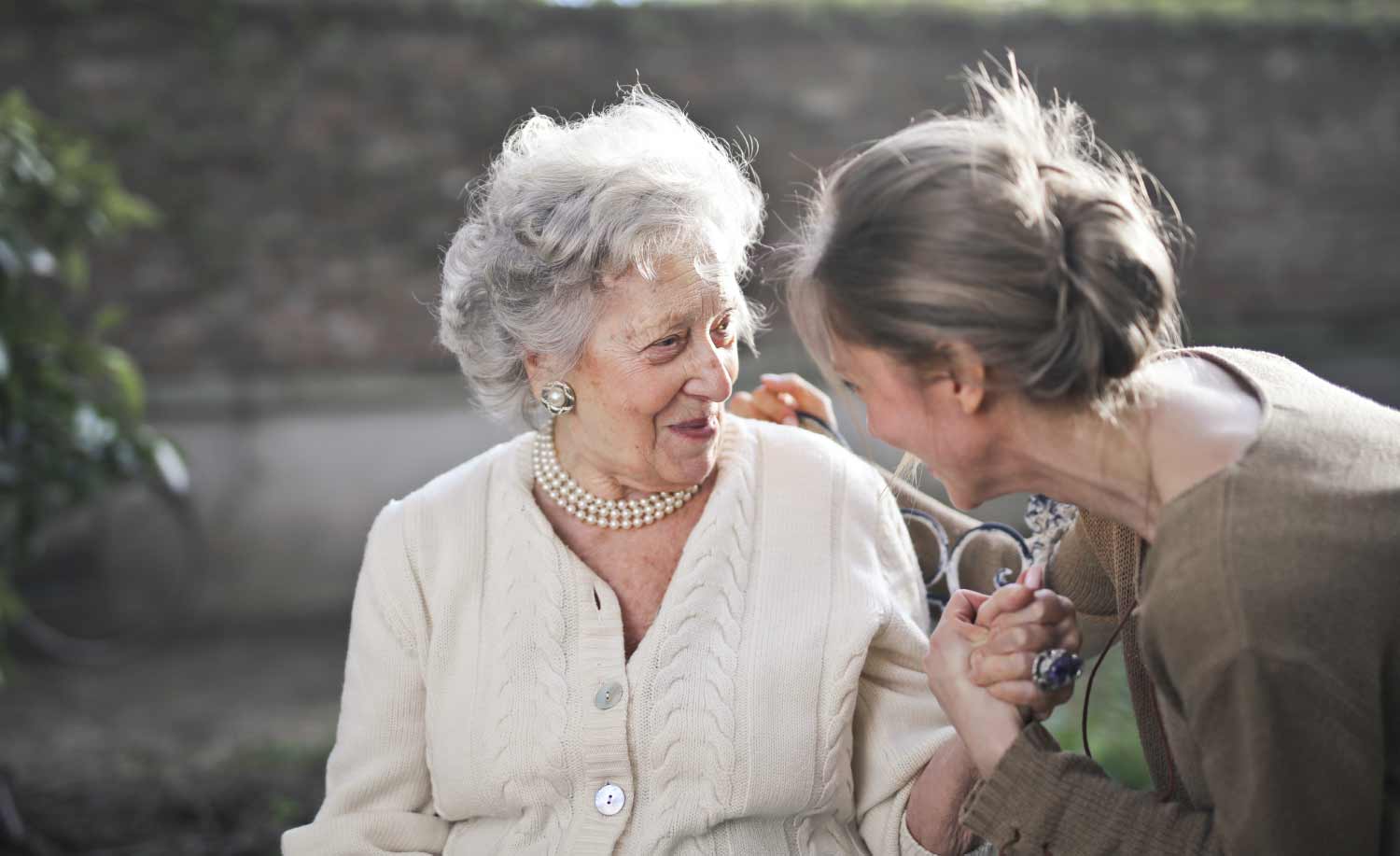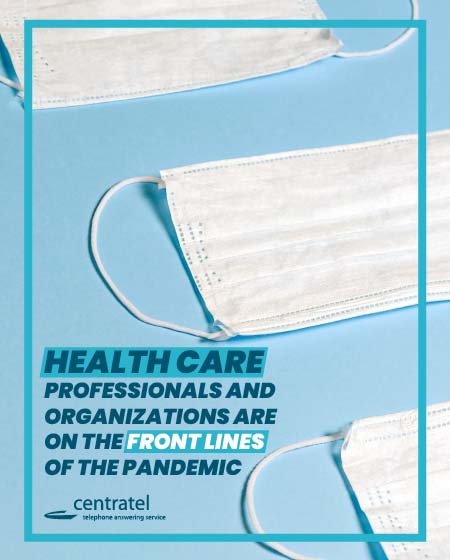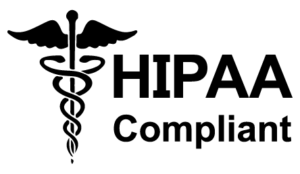
While COVID-19 has affected many industries, none is so hard hit as health care itself.
Health care professionals and organizations are on the front lines of the pandemic, and as incidents of the virus surge, they can be quickly overwhelmed.
Hospice care is one of the many areas where the effects of the virus are particularly acute.

COVID-19 Challenges and Hospice Care
The challenges of COVID-19 comprise a perfect storm of particularly trying obstacles for hospice care professionals and the patients and families they serve. Because hospice is end-of-life care, it involves treatment for the same population that is among those most vulnerable to COVID-19. Furthermore, the specific aims of hospice care, which involve providing emotional, psychological and spiritual support along with management of pain and other physical symptoms, are difficult to deliver given the constraints COVID-19 brings, particularly the necessity of isolating the patients.
Among the issues facing hospice providers are the following:
- lack of personal protective equipment
- access to patients
- danger of burnout to staff
Equipment Shortages
In the early days of the pandemic, equipment shortage was a particular problem, especially since facilities were entirely unprepared. Not only was it difficult to get PPE, but it was also expensive.
Obtaining and using the necessary equipment became a matter of triage, but even then, it was not always possible to get PPE even for those who worked with vulnerable populations. As the virus goes through another surge near the end of 2020, most facilities and organizations are better prepared equipment-wise. However, they must continue to remain vigilant and work with vendors to ensure that they do not suffer through another severe shortage.
Access Issues
A lack of PPE for hospice professionals and family members is a factor in another COVID-19 challenge, that of being denied access.
For patients in nursing homes or hospitals, regulations intended to limit their risk can prevent chaplains, social workers and family members from accessing their patients. This access is a critical part of a hospice patient’s care.
The National Hospice and Palliative Care Organization conducted a survey in June 2020 and found that more than 80% of providers of palliative and hospice care said they could not get in to see their patients who were in nursing homes. Nearly two-thirds said that they had problems getting in to see patients in assisted living care and similar facilities.
This continues to be a struggle for hospice providers although they are now being allowed more access as chaplains and social workers are increasingly considered essential workers along with nurses and other medical professionals. Hospice providers continue to work with nursing homes, assisted living facilities and similar organizations to ensure that the necessary access continues.
Technology has been a big help in some situations, with telehealth used to provide services to some patients. Telehealth was already in use by some hospices to allow access to patients when severe weather or other conditions limited access. Hospices that already had the framework in place for telehealth were more easily able to pivot to providing a greater number of their services in this way.
Staff Burnout

Staff burnout continues to be a concern. In addition to the stresses of caring for patients during a pandemic surge and the necessity of isolating after contracting the virus themselves, professionals are also coping with the need for child care when schools are closed.
Although COVID-19 numbers have ebbed and flowed, after nearly a year of working through a pandemic, many professionals are simply worn down. It is critical that employers continue to find ways to support hospice workers while also providing the care that patients and their families need. This is a delicate balancing act. Staff shortages are a genuine challenge, and workers have little opportunity to recover and recharge. Hospices must provide concrete solutions to such practical problems as scheduling and remain aware of the emotional and psychological toll that their employees are coping with.
With approval for vaccines on the horizon, hospice workers and other medical professionals may begin to see some relief as 2021 progresses. However, before that time, they must continue to deal with the winter surge of COVID-19 patients and the complications that surge brings.
COVID-19 and Hospice Answering Services
One way hospices can ease the strain on their employees is by outsourcing where possible. This might include working with an answering service that provides its staff with industry-specific training. This type of training is necessary in a field such as hospice, where confidentiality and compassion are both critical.
HIPAA-trained and compliant professionals can provide coverage and screening that ensures that calls are directed as needed and that the concerns of callers are dealt with efficiently, effectively and empathetically. By contracting with an answering service, hospices can provide support to both their employees and their clients and help ensure that despite the challenging COVID-19 winter surge, excellence in care continues to be prioritized.
